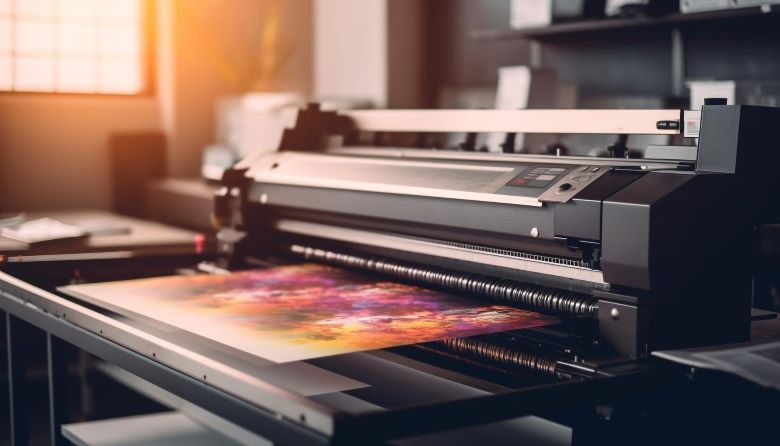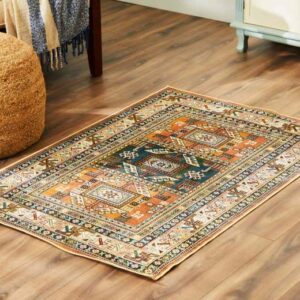
In this era, artists have expanded their horizons beyond traditional mediums, like paint and canvas. Digital prints have gained popularity as a means of bringing art to life. Whether you’re an artist or just starting out, choosing the printer for your art prints is crucial. With so many options available, it can be overwhelming to determine which printer will best meet your needs. This article aims to provide insights into the factors you should consider when choosing a printer for your art prints.
Print Quality and Resolution: The Basics Matter
One of the aspects of any printer is its ability to produce high-quality prints. When it comes to art prints, capturing details and vibrant colors is essential for creating stunning results. Make sure that you select the best printer for art prints that offers high-resolution printing capabilities and a wide color gamut, enabling color reproduction.
It’s also worth considering the type of ink technology used by the printer. Many artists prefer pigment-based inks over dye-based inks because they offer enhanced durability and resistance to fading over time. While dye-based inks may create vibrant colors at first, they have a tendency to fade over time, which can reduce the longevity of your art prints.
Consider the Supported Print Sizes
The size of your artwork plays a role in determining the printer’s size. Some printers are designed for formats like letter A4 prints, while others can handle larger sizes such as A3 or even wide format prints. It’s important to assess your preferences and requirements to avoid investing in a printer that doesn’t meet your needs.
It’s not about creating only large-sized prints; versatility is also important! Look for the best printer for art prints that allows you to easily adjust print sizes without compromising quality. This flexibility will enable you to explore various formats and effectively cater to customer demands.
Compatibility with Different Types of Materials
When it comes to art prints, paper is not the only medium artists work with. Many artists experiment with canvas, cardstock, art board, and specialized fine art papers. Make sure the printer you choose offers compatibility options to accommodate your preferences.
Not all printers can effectively handle textured materials. When looking for printers, it’s important to find ones that have adjustable print heads. This allows you to raise or lower the print heads based on the thickness of the material you’re using. This feature ensures that your prints stay sharp and focused regardless of what you’re printing on.
Print Speed and Efficiency – Balancing Quality and Time
Print speed and efficiency are also factors to consider. While quality should always be a priority, it’s also essential to think about how the printer can produce prints. Artists who often need to print large quantities may prefer printers with high printing speeds to meet demand in a timely manner.
It’s worth evaluating a printer’s page per minute (PPM) rating while keeping in mind that higher quality settings may result in longer printing times. Some printers even offer duplex printing capabilities, which allow you to print on both sides of the paper at once. This feature can save time depending on your needs.
Workflow Requirements – Connectivity and Software Compatibility
In today’s age, seamless connectivity between devices is crucial for efficiency and convenience. Look for printers that offer multiple connectivity options like USB, Wi-Fi, Bluetooth, or wireless printing capabilities. These features make it easy for you to connect your printer with devices effortlessly.
Furthermore, ensure that the printer is compatible with operating systems and design software. It should work seamlessly with design applications such as Adobe Photoshop or Illustrator so that you can streamline your workflow effectively.
Cost Considerations: Looking Beyond the Initial Price
When it comes to choosing a printer, there are more aspects to consider than the upfront cost of the printer itself. It’s essential to take into account expenses, such as the cost of ink cartridges or toners and how long they tend to last.
Take a look at whether the printer offers color ink cartridges, allowing you to replace the specific colors that run out. This approach can potentially save you money in the long term by reducing ink waste.
Conclusion
The decision to choose the printer for your art prints directly impacts their quality, longevity, and overall presentation. By considering factors like print quality and resolution capabilities, supported print sizes, compatibility with media types, printing speed and efficiency workflow requirements, as well as cost considerations, you can make an informed choice that suits your artistic needs.
Investing time in researching and selecting the printer will undoubtedly pay off when you see your digital creations come to life with detail and accurate colors – ready to be shared with others.


